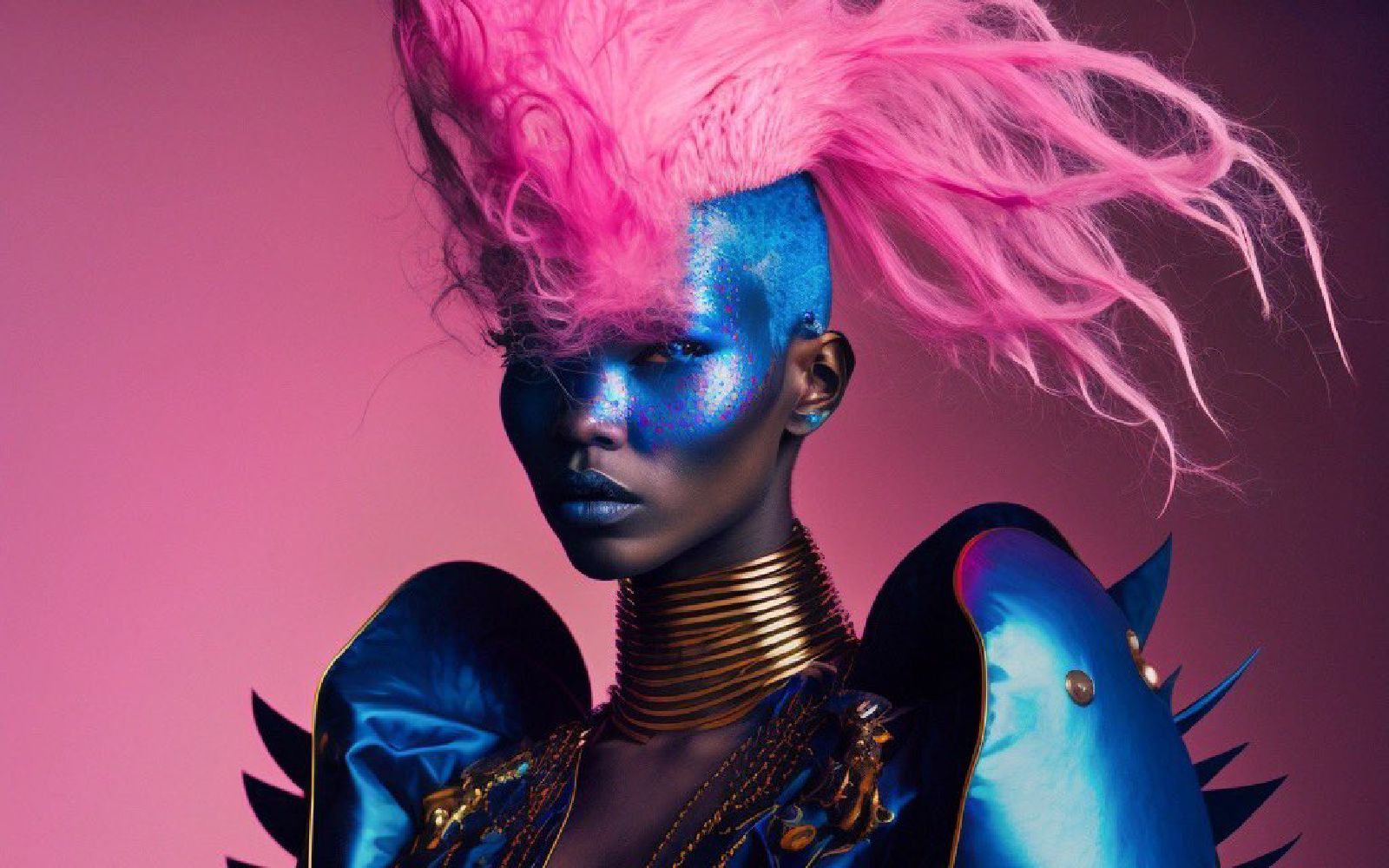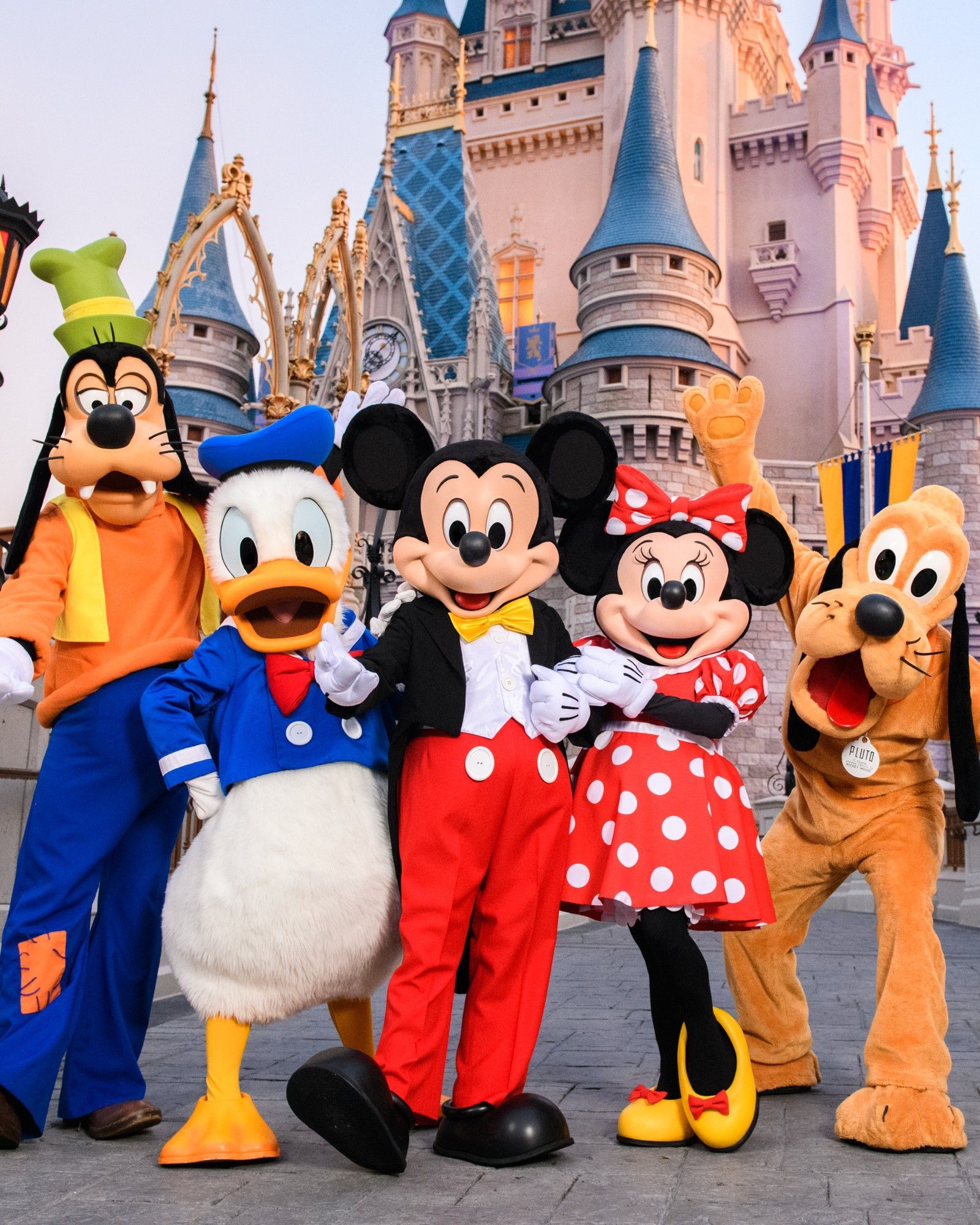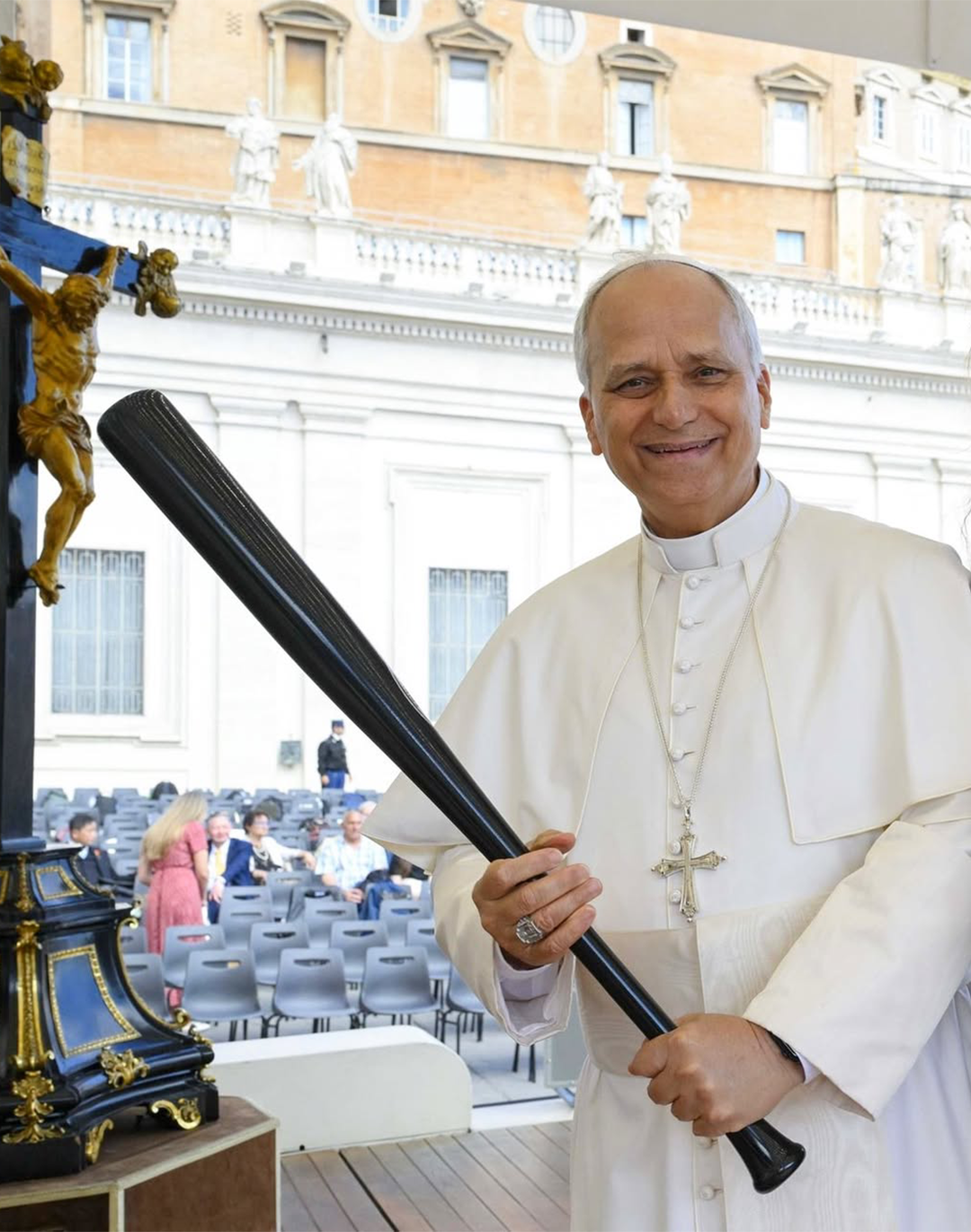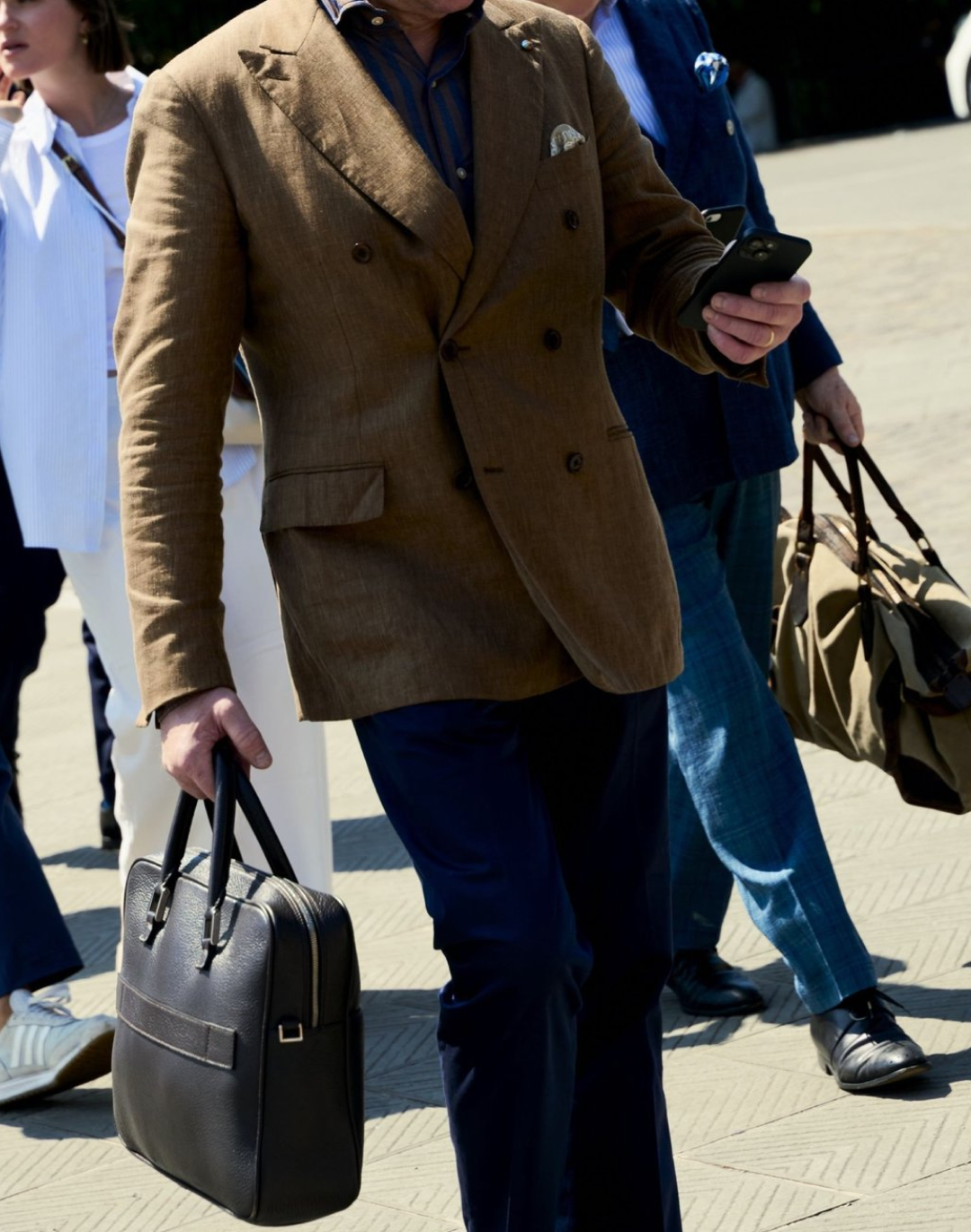
Should the fashion industry be warming up to AI generated technology? The success of AI collaborations on Twitter anticipates the arrival of the new technology in the industry, or maybe not
Throughout the past few months, AI generated technology has been gaining popularity as social media recently discovered a few of its boundless capabilities . From AI generated self portraits , to ChatGPT , to AI Image and Art Generators, many of these programs have been slowly taking over the market. Within the sphere of the fashion industry, a wider exploration of the subject has recently begun to grow at an exponential rate. The global market for AI in the fashion sector was reported at $270M in 2018 and is projected to grow to $4.4B by 2027. In the last few weeks, more than ever, we’ve also been seeing an abundance of AI generated technology all over our daily feeds. This includes a wide range of imagery including AI generated fashion editorials, AI generated fashion trends and the most credible of them all AI generated fashion collaborations.
AI Fashion Week 2023#FAIC #AIfashion #aifashionweek23 pic.twitter.com/R4UQqUW074
— Mia Valentine (@IamMiaVa) January 31, 2023
Not too long ago , one of the most convincing renditions that hit the internet was a Simone Rocha x Nike AI generated collaboration created by the page @ai_clothingdaily , which went viral not only because it was a partnership likely to happen in real life, but also because the shoes created were genuinely impressive. It had hundreds of people sharing the images , and those who failed to read the captions were even asking where they could purchase the shoes. Another more recent case was the launch of Tiffany’s shoe in collaboration with Nike. Prior to the launch, a wave of AI artists on Twitter got creative and imagined what the highly anticipated shoe would look like. The results produced were all sorts of fun and ambitious re-interpretations of the Nike Air Force 1 , including full Tiffany Blue sneakers in leather, matte, glossy, and a variety of other materials. The digital renderings raised the bar so high , that when the actual product was released — a simple black suede sneaker with a Tiffany Blue tick — the public feedback was nothing but a huge wave of disappointment. These two cases that vary in details, pose the same questions; can AI imagery create unrealistic expectations for consumers? Should designers be looking to AI for inspiration? And how ethical would it be for designers to take inspiration from or work with artificial intelligence?
@kustoo These AI sneaker versions of the Tiffany x Nike collab are pretty good. #sneakers #nikextiffany #tiffanyxnike #sneakerhead original sound - Jacques Slade
The industry’s interest in the new age technology stems from a place of genuine profound possibilities , and there are several arguments in its defense. Some such as the fact that anyone can create AI Art, which makes it much more accessible to a larger crowd, and therefore means that one doesn’t have to possess an art or fashion degree to be a designer. AI generated tools are also said to push humans to be more creative, and in the case where visual references aren’t available or existent, it can be used to envision what is in a designer's mind, helping them along the process with efficiency. Contrary to popular belief, the programs that exist today also don’t pose a plausible threat in replacing the work of humans. WWD recently debunked this theory and reported that in a study from Pusan National University, researchers found that between the human-created designs and those generated by AI showed that while both designs were similar, the biggest difference was the uniqueness and originality seen in the human designs, which came from the person’s experiences. With all of these advantages considered , it might appear as if AI technology could be an instant green light for fashion. However, when one takes a look at the wider picture, it’s inevitable to disregard the concerns that come with it. The discussion in opposition of AI in fashion is just as concerning, as it speaks to questions of copyright, originality and authenticity.
While fashion is a constantly-evolving industry, it is also an industry heavily rooted in tradition. Tales of Issey Miyake crafting his first seamless dress, or Alexander McQueen making some of his greatest collections from scratch out of inspiration from everyday people, are some of the industry’s greatest treasures. There’s a great value around originality as an act, and around possessing the ability and skill to craft an entire world out of nothing . AI technology represents the opposite of this, to many, it is seen as a shortcut towards creativity. Which forces us to contemplate: does the rise and existence of AI technology in fashion devalue traditional methods of design?
We don’t need AI to make art. We need AI to write emails and clean the house and deliver the groceries so humans can make more art.
— SJ Sindu Shakti available for pre-order (@SJSindu) January 4, 2023
To consider and compare the hypothetical realities of two different designers; one has hired an AI expert who they’ve sent a few keys words, and received AI generated images which they will use to create a physical collection; while the other has spent weeks or a few months gathering inspiration, which they’ll interpret in sketches, which will then be sent into production. One could argue that the latter is more valuable because of the amount of labor that was put in, which means we then have to consider if these two designers should be seen on the same level. Artificial technology is an inevitable part of fashion’s future so we will need to learn how to cohabitate. This might mean finding solutions such as encouraging designers who use traditional methods to tread lightly or requiring designers who use AI to disclose this beforehand. All with the purpose of finding a balance that respects the work of traditional artisans, while being open to embracing new frontiers of technology.














































